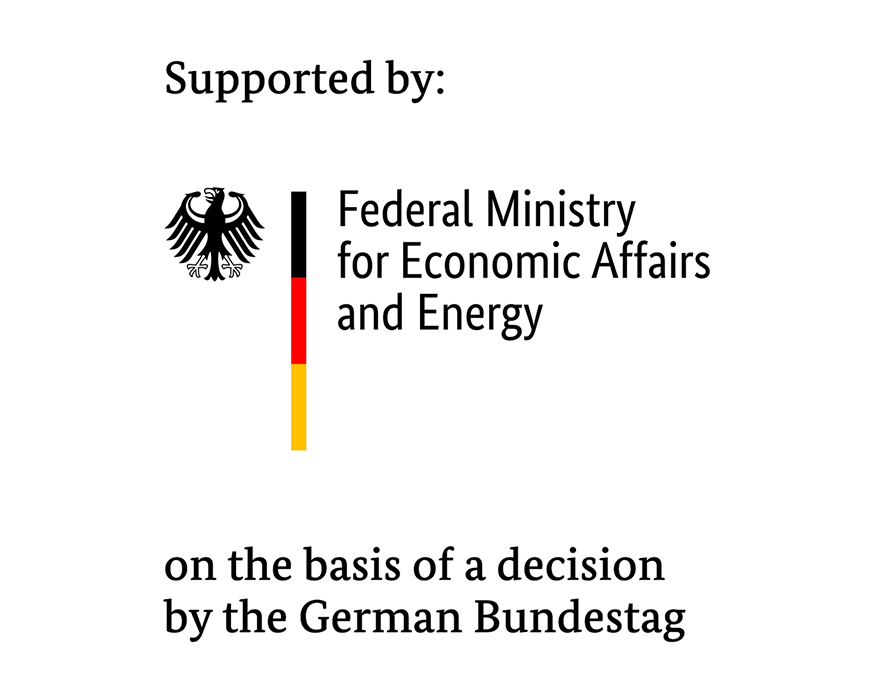At a glance
- Rotor blades of a wind turbine are exposed to a wide range of loads. At the same time, the requirements in terms of energy efficiency and manufacturing costs are high.
- Wind turbines are increasingly being installed in areas with extreme temperature conditions. Under these conditions, the material behavior has not yet been extensively characterized.
- The OptiMUm project of Fraunhofer IWES therefore aims to develop new material models that allow reliable optimization of the blade weight even under exceptional environmental conditions.
The challenge
Rotor blades of a wind turbine must meet complex requirements. On the one hand, they should be as long as possible to increase the efficiency and thus the power generation capacity of the turbine. On the other hand, they must not be too heavy to keep manufacturing and transport costs within reasonable limits and not place too much stress on the wind turbine's nacelle and tower system. In addition, high demands are placed on their stability due to the loads caused by wind and weather. For years, fiber reinforced composites have been used in the manufacture of rotor blades, as they best meet these high requirements.
The load carrying capacity of these fiber reinforced composites results from the combination of manufacturing and operating conditions. At this point, however, the decisive factor is not only the durability of the fibers used, but also that of the surrounding composite material, the so-called matrix. Rotor blade manufacturers try to reduce their costs by relying on the highest possible curing temperatures during production to shorten production times. The result can be the deterioration of the material. In addition, wind turbines will in future increasingly be installed in locations with extreme weather conditions, for example in the Arctic or sub-Saharan Africa. However, existing standards and calculation methods in the manufacture of fiber composites and rotor blades are not designed for the extreme temperatures that prevail in such locations.
The solution
This is where the OptiMUm research project comes in. The aim is to implement novel material models to describe mechanical material performance under extended environmental conditions such as heat or cold. The focus is on characterizing the matrix strength so that the blade weight can be optimized without taking risks with reliability.
The added value
To this end, the project will investigate, among other things, how the materials behave under different temperature conditions as a function of the degree of curing and the operating temperature. Extreme temperature conditions from -40 °C to 60 °C will therefore be evaluated during the material test.
